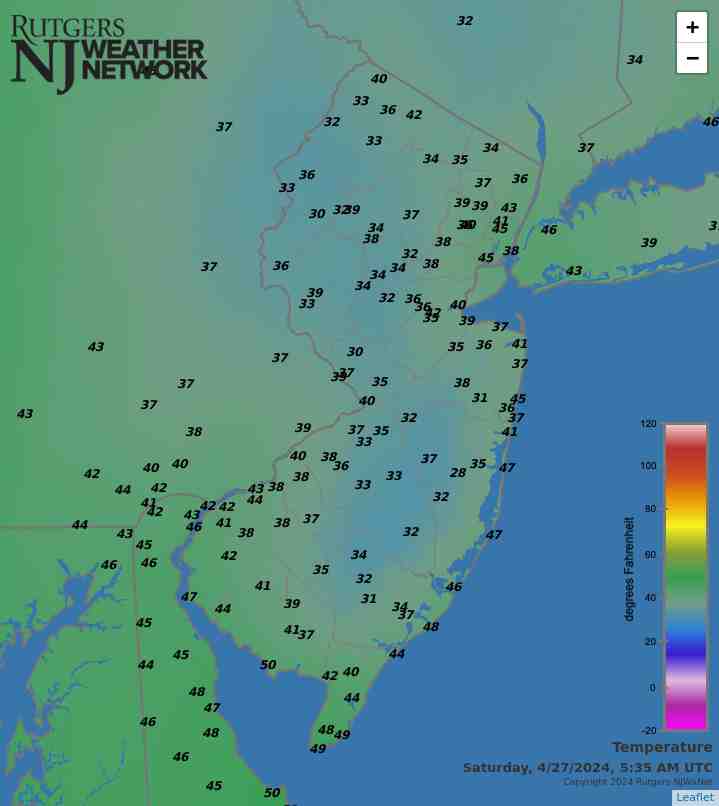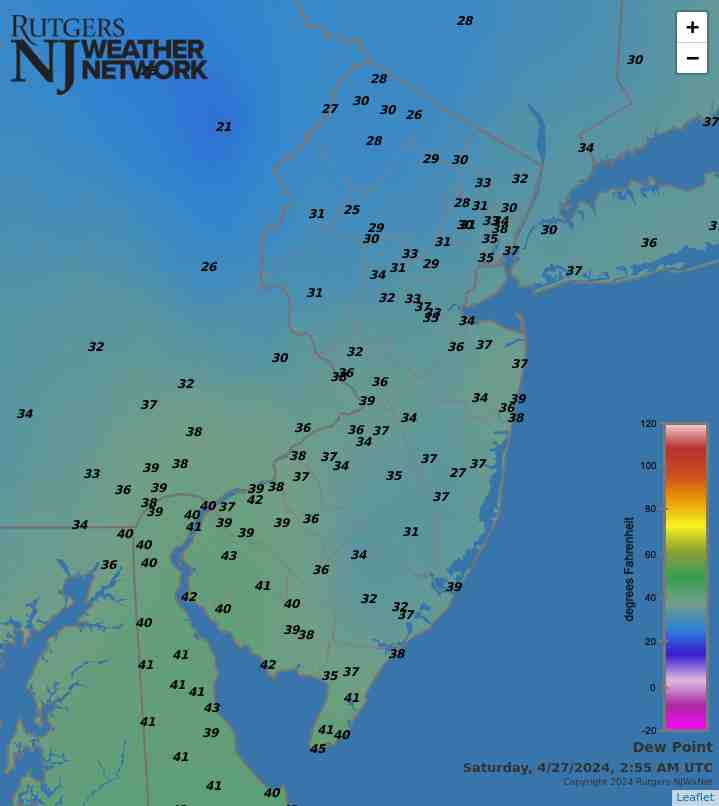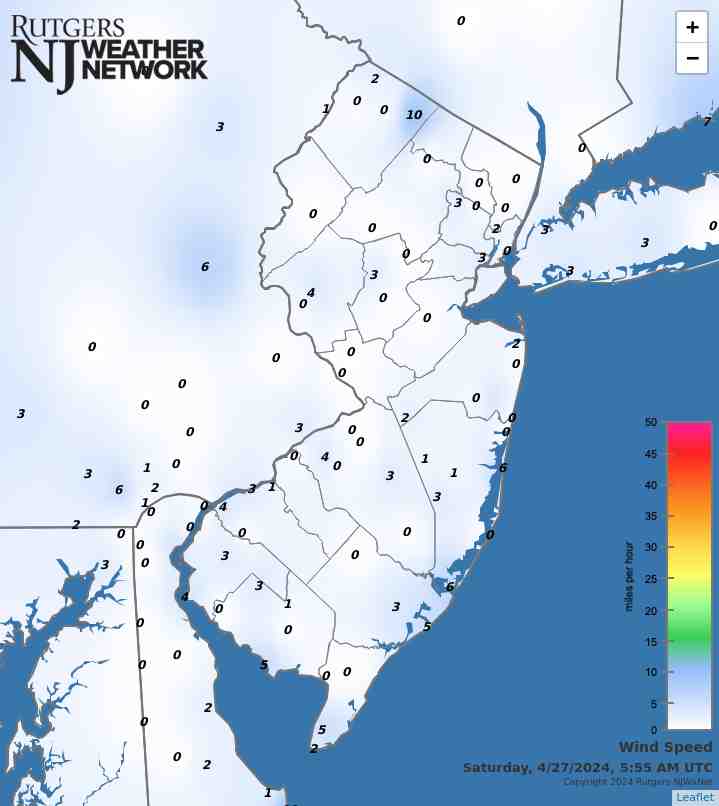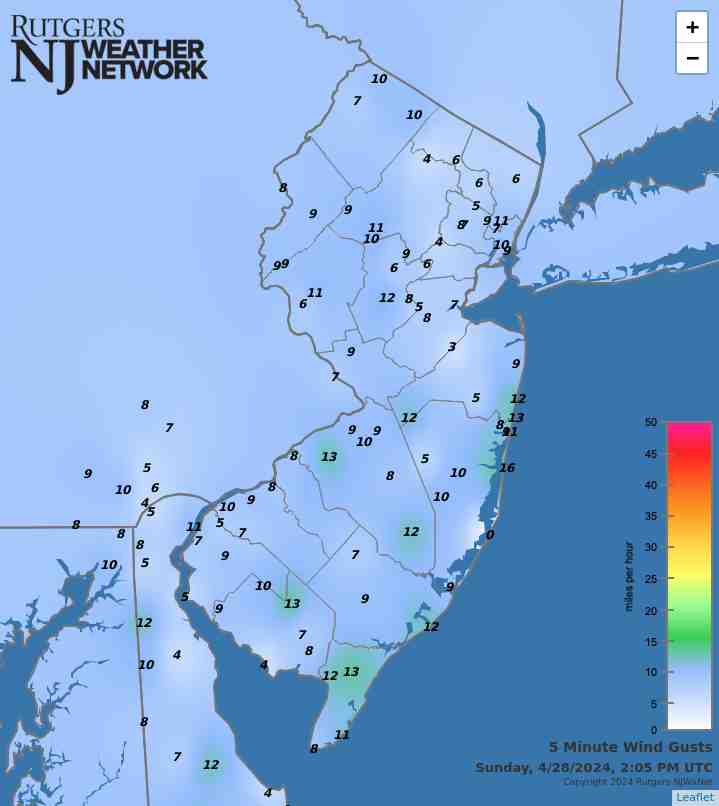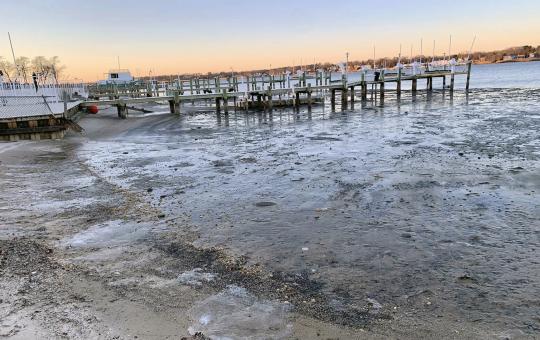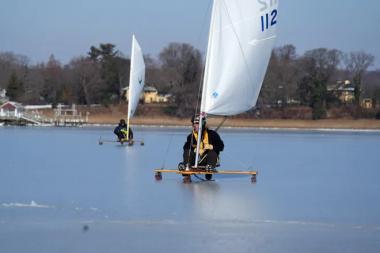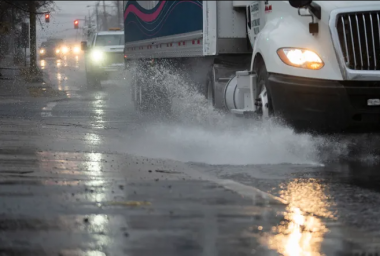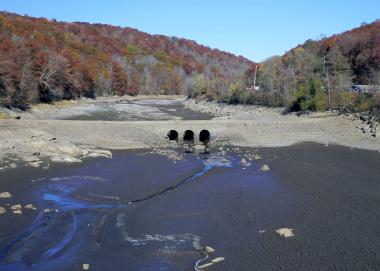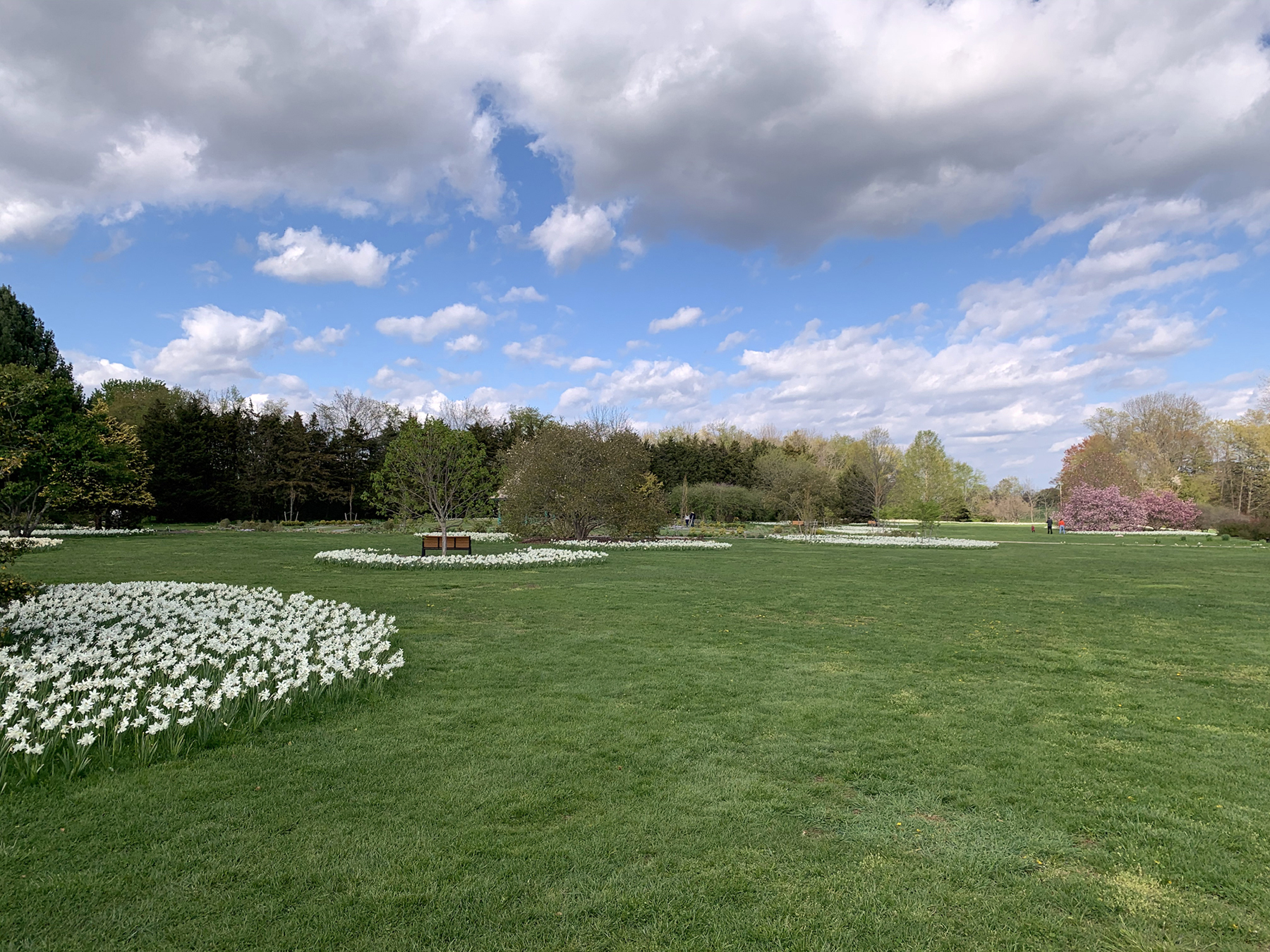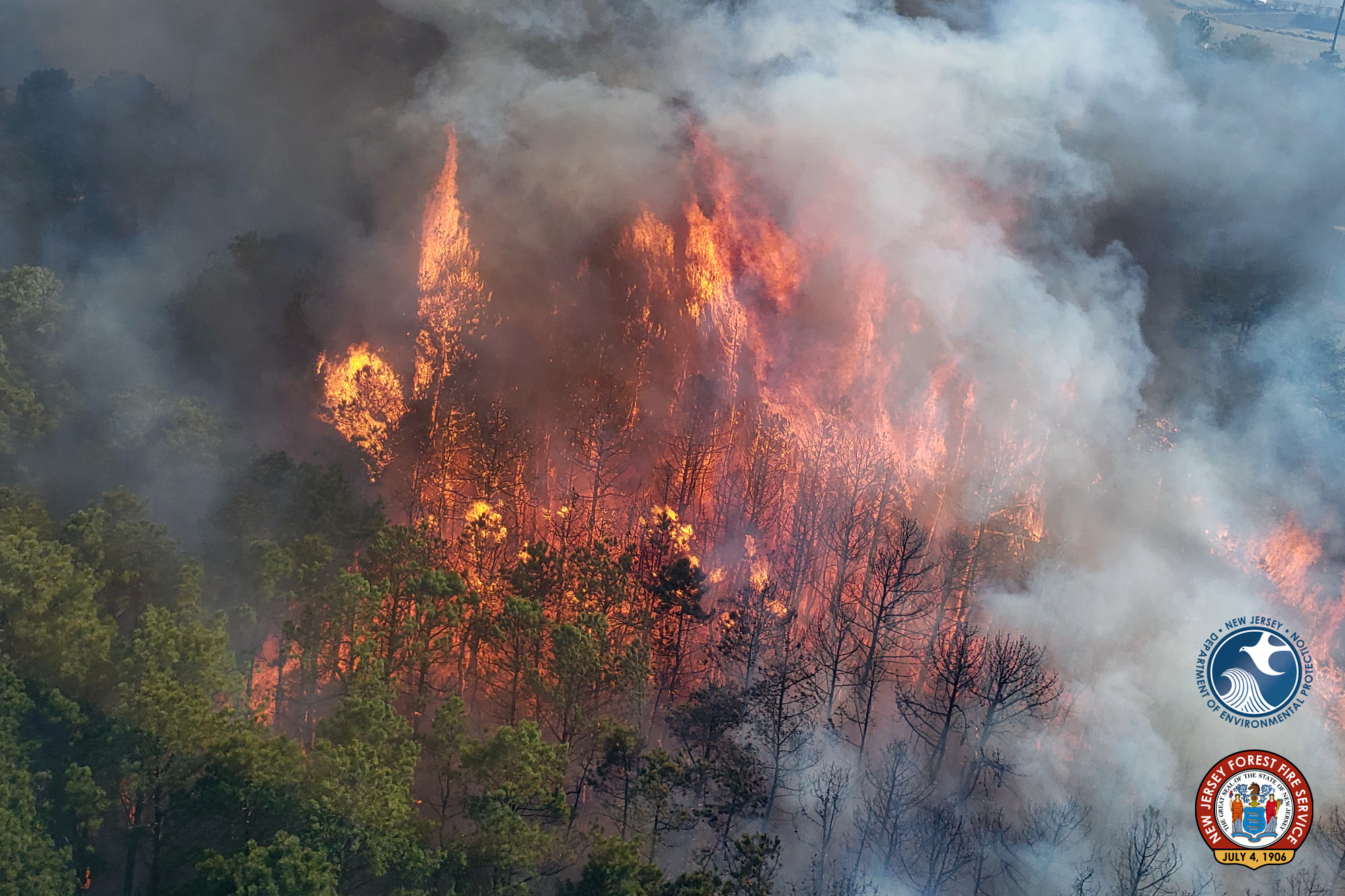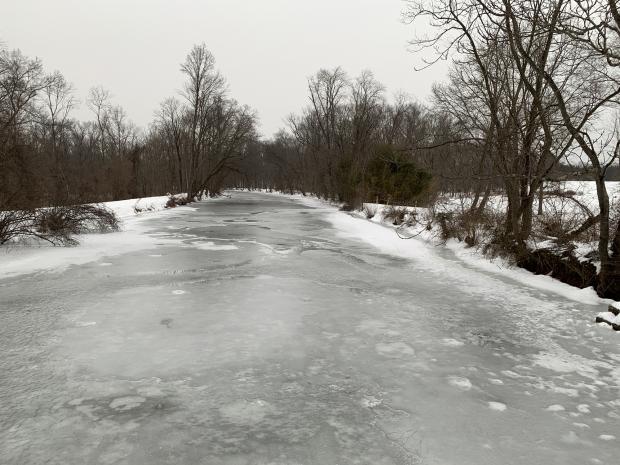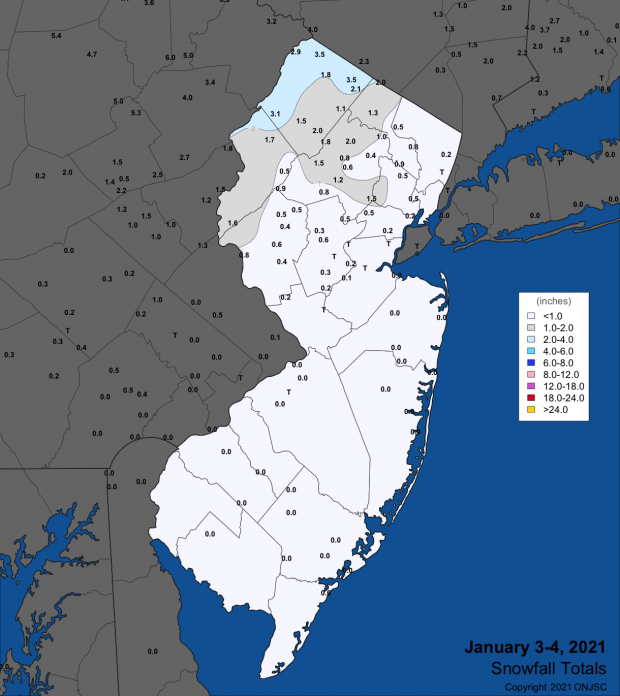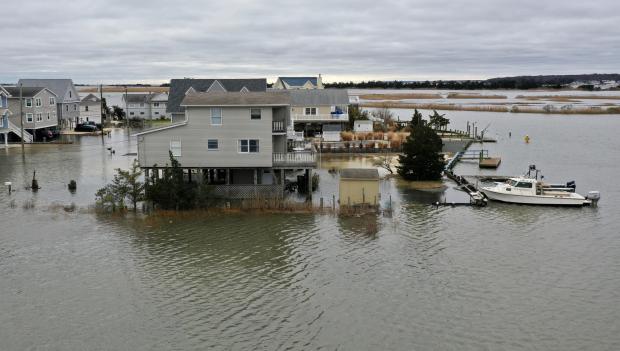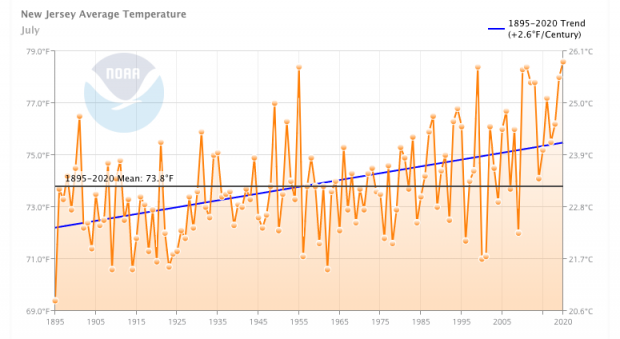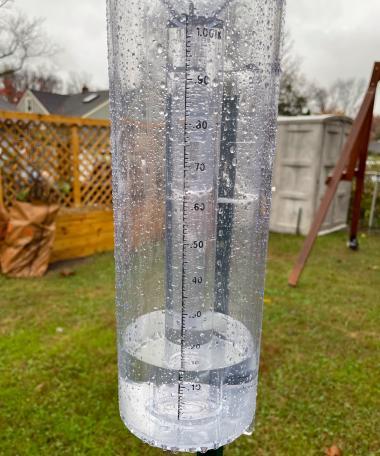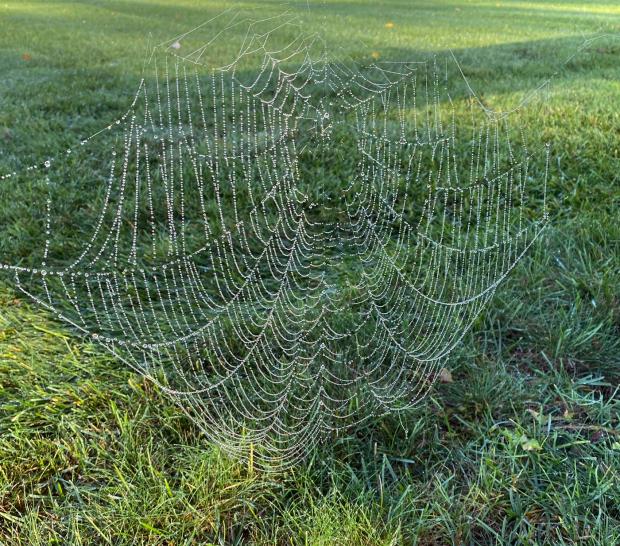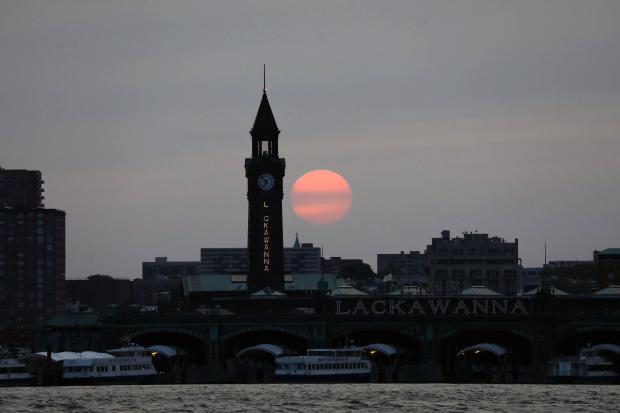Decision-Making Dilemma: May & Spring 2021 Recaps
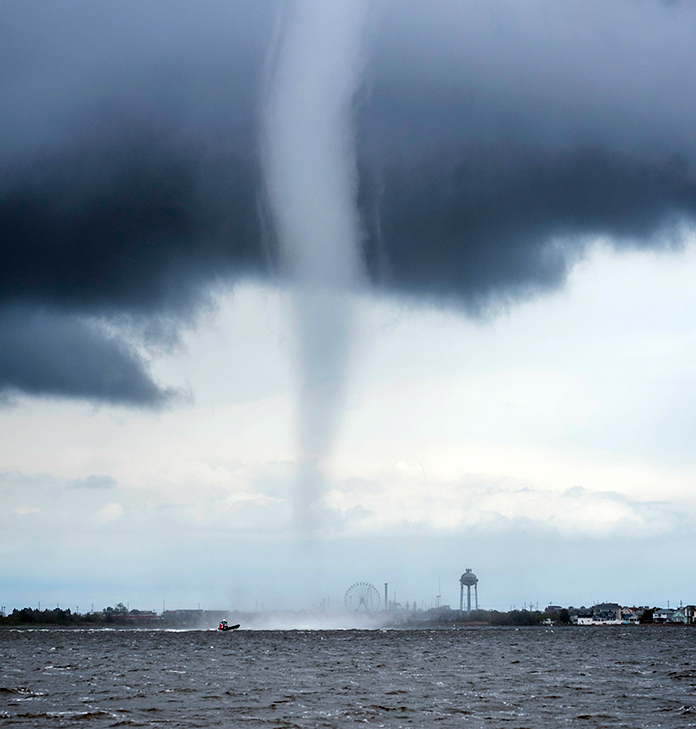
Weather often varies from week-to-week and even day-to-day during the spring transition season. Such was certainly the case in spring 2021, as will be recapped later in this report. However, when it came to such “weather indecision,” May 2021 took the cake. Starting off somewhat damp with seasonable temperatures, a prolonged period of exceedingly dry weather ensued, first accompanied by cooler-than-normal temperatures and frosty mornings, and later by summer-like heat. As several wildfires broke out and soil moisture vanished, concerns of early-summer drought arose. Then along came one of the coolest Memorial Day weekends on record, accompanied by more than an average May’s worth of rain in some locations. This led to frequent decision making amongst farmers, gardeners, water resource managers, utility companies and customers, and day trippers. All were left wondering what might come next! Cicadas perhaps?
With the thermometer up and down throughout May, the statewide average temperature of 61.0° was just 0.2° below the new 1991–2020 normal. This ranked as the 47th mildest May since 1895. The average maximum of 73.0° was 0.7° above normal, while the 49.0° average minimum was 1.2° below normal. This is illustrative of a month that had many clear days and cool nights with low humidity. Despite dry conditions for most of the month, monthly precipitation came in close to normal, averaging 3.95” across NJ. This is 0.20” above normal, ranking 48th wettest of the past 127 years. Far south and west central areas were driest, while the central coast and northeast saw the most rain. Unlike last May, no snow was observed.


